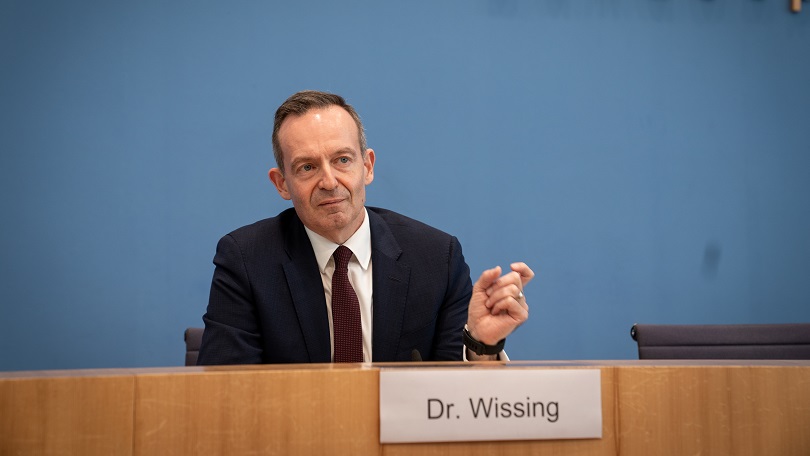
Source: BMDV
Federal Minister Dr Volker Wissing presented the second Charging Infrastructure Masterplan (Charging Infrastructure Masterplan II) in Berlin today. Under the lead responsibility of the Federal Ministry for Digital and Transport, around 80 stakeholders, among which are federal states, local authorities, associations and businesses, have contributed to developing almost 70 measures.
Dr Volker Wissing, Federal Minister for Digital and Transport:
One of the most pressing questions of our time is how we want to move around in future. The world is keeping an eye on Germany to see how we answer this question. This is why we must lead by example and continue making our infrastructure fit for climate-friendly mobility. The Charging Infrastructure Masterplan II creates the foundation for nationwide user-friendly charging infrastructure that meets current and future needs of passenger and heavy goods vehicles. Our aim is to accelerate the deployment of charging infrastructure, simplify the charging procedure and consequently make it easier for people to shift to electric mobility.
Dr Robert Habeck, Federal Minister for Economic Affairs and Climate Action:
Charging infrastructure must be integrated into the power grid in a way that serves the system. The Charging Infrastructure Masterplan II sets the right course for achieving this. An interministerial steering group will coordinate future action so that the presented measures are implemented quickly and systematically.
Johannes Pallasch, spokesperson for the National Coordination Centre for Charging Infrastructure
Speeding up approval procedures, integrating charging infrastructure into the power grid or digitalizing the entire system are only some of the challenges we have to address. The Charging Infrastructure Masterplan II provides the roadmap for this. As National Coordination Centre for Charging Infrastructure, we support the implementation of the measures, among other things with our requirement planning and our digital tools.
Key action areas of the Charging Infrastructure Masterplan II:
Integrating charging infrastructure into power grid: The deployment of charging infrastructure and the power grid are to be dovetailed proactively and in the best way possible, based on the requirement planning by the National Coordination Centre for Charging. Together with the Federal Network Agency and the network and charging infrastructure operators we will make grid connection processes more transparent and more efficient. The top priority, apart from accelerating processes, is to prepare the network for growing requirements.
Improving charging infrastructure with digitalization: The Charging Infrastructure Masterplan II is also a strategy for digital transformation. For instance, data about occupancy of charging points will be made available in real time. It will be ensured that solid data and analyses of the distribution and use of charging points will be the basis for planning the deployment of charging infrastructure. To achieve this, for the first time privately owned, non-public charging points will also be counted in.
Empowering local authorities as key stakeholders and involving them even more: Local authorities have the necessary knowledge about local conditions. The Masterplan contains a comprehensive funding package for local authorities to plan, implement and finance charging infrastructure. This includes, among other things, local master plans, regional charging infrastructure managers, digital consulting and training tools as well as guidelines and templates for optimizing planning and approval procedures.
Initiating charging infrastructure for electric heavy goods vehicles: Battery electric heavy goods vehicles are to be used increasingly for regional but also for long distance freights operations. Here, it is essential that an appropriate charging infrastructure be installed soon. In 2023, the Federal Ministry for Digital and Transport will put to tender an initial public charging network for heavy goods vehicles. The Masterplan has its own package of measures to address additional challenges in setting up and operating charging infrastructure for electric HGVs , e.g. on private company premises or when electricity is supplied to external vehicles.
Simplifying and speeding up charging infrastructure: It should become easier for companies to set up charging infrastructure. This is why the Federal Government, together with local authorities, will remove obstacles in planning and approval processes and adjust legal bases for instance in building and immission law.
For the Masterplan please visit: Charging Infrastructure Masterplan II